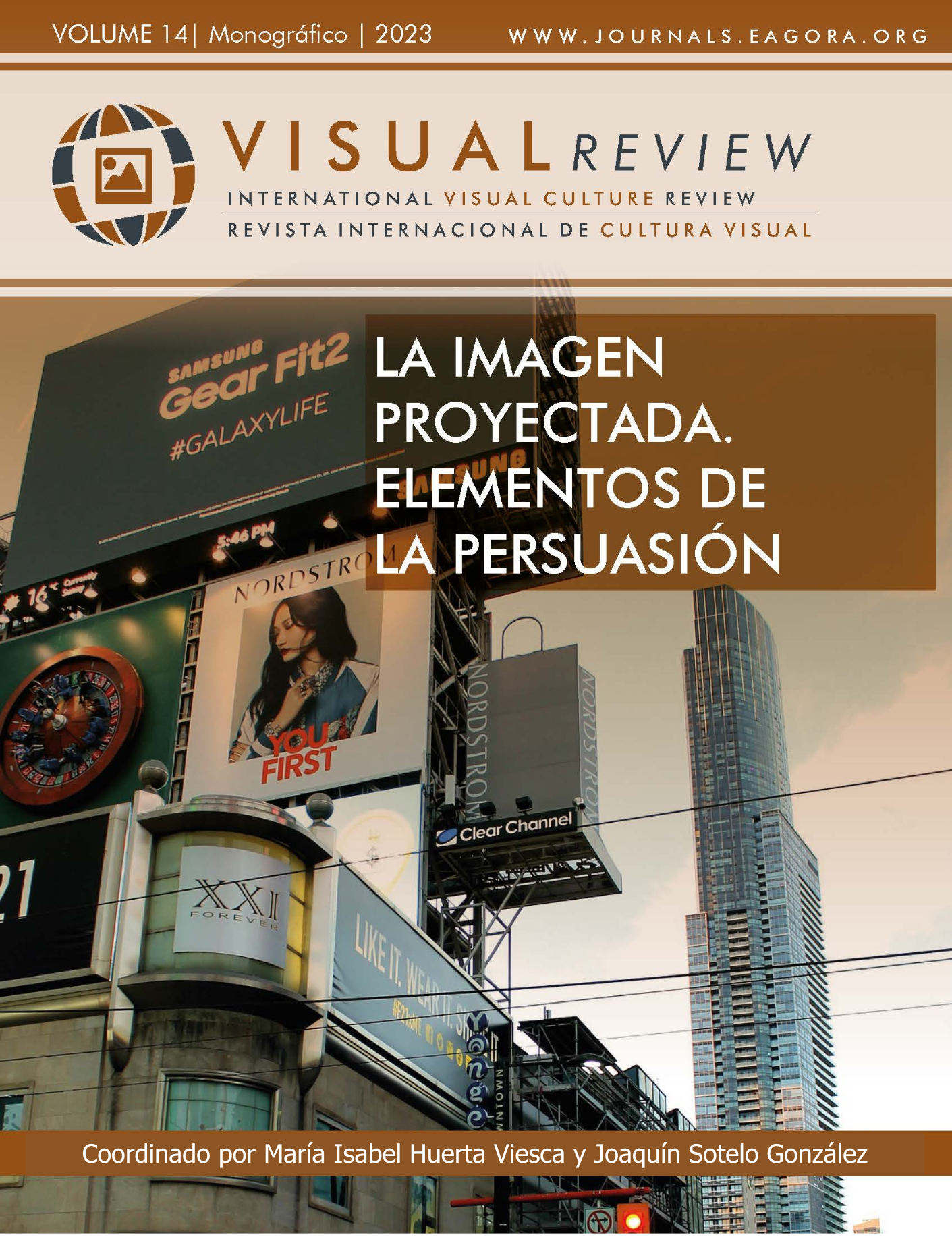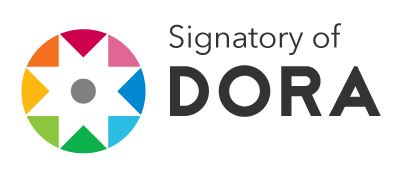Storytelling´s history in advertising: a professional approach from creative strategies
DOI:
https://doi.org/10.37467/revvisual.v10.4624Keywords:
Storytelling, Advertising, Narrative, History, Brands, Ogilvy, Creative strategyAbstract
The concept of storytelling lacks a theoretical corpus that points to the origin of its use in advertising. Therefore, the aim of this research is to know the historical affiliations of the application of storytelling in advertising, finding its most relevant milestones from the creative strategies. The main conclusion is that advertising, as a profession, is aware of the importance of storytelling, thanks to David Ogilvy. It also indicates that advertising, even before being considered a discipline, has had a narrative component inoculated in a natural way, regardless of the medium and the creative strategies used.
Downloads
Global Statistics ℹ️
|
2893
Views
|
3426
Downloads
|
|
6319
Total
|
|
References
Adam, J. & Bonhomme, M. (2000). La argumentación publicitaria. Retórica del elogio y de la persuasión. Cátedra.
Alba de Diego, V. (1976). La publicidad (sociedad, mito y lenguaje). Planeta.
Annenberg, M. (1969). Advertising, 3000 B.C.-1900 A.D.: A not too serious compilation. Maran Printing Services.
Bassat, L. (2004). El libro rojo de la publicidad. Random House Mondadori.
Cairns, W. (2021). The power of storytelling in building brand value. https://acortar.link/ajgG8L
Checa, A. (2007). Historia de la Publicidad. Netbiblo.
De Francesco, G. (1937). Los charlatanes a través de tres siglos (nº 4). Colegio Oficial de Enfermería de Madrid.
Del Pino, C., Castelló, A., & Ramos, I. (2013). La comunicación en cambio constante. Fragua.
Dobrow, J. (2018). Pioneers of Promotion: How Press Agents for Buffalo Bill, P.T. Barnum, and the World’s Columbian Exposition Created Modern Marketing. University of Oklahoma Press.
Eguizábal, R. (1998). Historia de la publicidad. Eresma y Celeste.
Fernández, J. (2014). Mecanismos estratégicos en publicidad: de la USP a las Lovemarks. Advook.
Frankfurt, H. (2013). Sobre la charlatanería (on bullshit) y sobre la verdad. Paidós.
Gottschall, J. (2013). The storytelling animal. How stories make us human. Mariner Books.
Hopkins, C. (2013). Publicidad científica. Astro Uno.
Joannis, H. (1996). La creación publicitaria desde la estrategia del marketing. Deusto.
Kleppner O. (1925). Advertising Procedure. Prentice Hall.
Martineau, P. (1957). La motivación en publicidad. Mc Graw-Hill.
Martínez-Costa, M., & Díez, J. (2005). Lenguaje, géneros y programas de radio. Introducción a la narrativa radiofónica. EUNSA.
Méndiz Noguero, A. (2014). Cómo se ha escrito la “Historia de la Publicidad”: Fundamentos historiográficos y esquema de periodización. Historia y Comunicación Social. 19, 195-207. https://doi.org/10.5209/rev_HICS.2014.v19.44951 DOI: https://doi.org/10.5209/rev_HICS.2014.v19.44951
Moliné, M. (2009). La comunicación activa. Publicidad sólida. Deusto.
Ogilvy, D. (2001). Ogilvy y la publicidad. Folio.
Ogilvy, D. (2013). Confessions of an Advertising Man. Southbank.
Panarese, P. & Suárez Villegas, J. (2018). Docupublicidad. La función del pathos en el storytelling del documental publicitario. Anàlisi. Quaderns de Comunicació i Cultura. 58, 63-76. https://doi.org/10.5565/rev/analisi.3115 DOI: https://doi.org/10.5565/rev/analisi.3115
Perceval, J. (2015). Historia mundial de la comunicación. Cátedra.
Playsted, J. (1958). The story of advertising. Ronald Press.
Poveda Salvá, M. (2021). La invención del primer anuncio publicitario de la historia. Pensar la publicidad. Revista Internacional de Investigaciones Publicitarias, 15(2), 231-241. https://doi.org/10.5209/pepu.73218 DOI: https://doi.org/10.5209/pepu.73218
Prat Gaballí, P. (1959). Publicidad combativa. Labor.
Presbrey, F. (1929). The history and development of advertising. Doubleday, Doran & Company
Prestigiacomo, R. (1997). El discurso de la publicidad. Colihue.
Puig, J. (1996). 5.000 años de historia del comercio y la publicidad. Rosaljai.
Reeves, R. (1997). La realidad en la publicidad. Un acercamiento a la teoría de la USP. Delvico Bates.
Ries, A., & Trout, J. (1996). Posicionamiento. Mc Graw Hill
Roberts, K. (2005). Lovemarks. El futuro más allá de las marcas. Empresa Activa
Rocamora, J. (2022). Qué es el storytelling en marketing: cómo conseguir que tu marca haga... historia. Marketing4Ecommerce. https://acortar.link/XD28Mk
Roig, F. (2014). La estrategia creativa. Relaciones entre concepto e idea. Infinito.
Rom, J., & Sabaté, J. (2007). Llenguatge publicitari. Estratègia i creativitat publicitàries. UOC.
Roman, K. (2009). The king of Madison Avenue. David Ogilvy and the making of modern advertising. Palgrave Macmillan.
Sampson, H. (1874). A history of advertising from the earliest times. Chatto and Windus.
Sánchez Corral, L. (1991). Estructuras “semionarrativas” en el lenguaje de los anuncios. VERBA. 18, 545-567. https://acortar.link/xTbfz8
Sánchez Corral, L. (2009). Semiótica de la publicidad. Narración y discurso. Síntesis.
Seguel, C. (2014). Brand story. Historias que dejan marcas. Universidad Finis Terrae.
Sempere, P. (1968). La comunicación audiovisual. Instituto Nacional de Publicidad.
Signorelli, J. (2014). Storybranding 2.0. Greenleaf Book Group Press.
Terrón, E. (2022). La unión entre datos y storytelling, necesaria para una campaña exitosa. Marketing Directo. https://acortar.link/mfgaeC
Tungate, M. (2008). El universo publicitario. Una historia global de la publicidad. Gustavo Gili.
Vázquez Sande, P. (2015). Storytelling personal en el relato político. Análisis de los contenidos publicados en Youtube por los candidatos gallegos en las elecciones municipales de 2011. [Tesis Doctoral], Universidad de Santiago de Compostela.
Vázquez Sande, P. (2016) El storytelling en la literatura científica española: hacia un estado de la cuestión. adComunica. 27-44. https://doi.org/10.6035/2174-0992.2016.12.3 DOI: https://doi.org/10.6035/2174-0992.2016.12.3
Watkins, J. (2014). The 100 greatest advertisements 1852-1958. Who wrote them and what they did. Dover Publications.
Downloads
Published
How to Cite
Issue
Section
License
Those authors who publish in this journal accept the following terms:
-
Authors retain copyright.
-
Authors transfer to the journal the right of first publication. The journal also owns the publishing rights.
-
All published contents are governed by an Attribution-NoDerivatives 4.0 International License.
Access the informative version and legal text of the license. By virtue of this, third parties are allowed to use what is published as long as they mention the authorship of the work and the first publication in this journal. If you transform the material, you may not distribute the modified work. -
Authors may make other independent and additional contractual arrangements for non-exclusive distribution of the version of the article published in this journal (e.g., inclusion in an institutional repository or publication in a book) as long as they clearly indicate that the work was first published in this journal.
- Authors are allowed and recommended to publish their work on the Internet (for example on institutional and personal websites), following the publication of, and referencing the journal, as this could lead to constructive exchanges and a more extensive and quick circulation of published works (see The Effect of Open Access).













